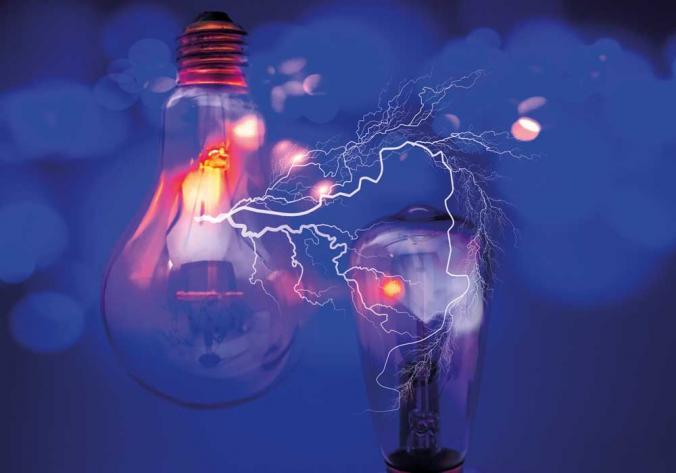Maintenance will play an important role in the circular economy
Using AI throughout the product lifecycle means supporting smart manufacturing and maintenance for sustainability, according to Tomohiko Sakao. He is an international expert in eco design and product service systems at Sweden's Linköping University.
What is your definition of AI?
– AI is knowledge, and reasoning with knowledge that can be represented in computer languages. Nowadays, people often talk about machine learning and deep learning. But learning is just one category of many in AI. Other categories include problem solving, knowledge, reasoning, planning, communication, perceiving and acting.
You stress it is important to have a systemic view, can you explain what you mean?
– Everyone working with AI must have a system perspective. People who use the computer systems, the AI algorithms, and the machines that need to be maintained are all interacting with each other. You can´t just work with algorithms, or with user behaviour, or in improving machines. You need to consider all of them together. This is a systemic view. It is also important to understand that influences from one phase that pass to another throughout the product lifecycle can facilitate or hinder maintenance. For example, product design influences the performance of maintenance. If a product is constructed in a way that makes it difficult for a maintenance engineer to disassemble or reassemble then more time for maintenance is required. Practitioners need to have this perspective in order to find better ways of improvement from a more holistic point of view
What potential do you see for AI in maintenance?
– First of all, AI can help maintenance engineers decrease the time spent on maintenance activity. This means decreasing the cost. Using AI will also increase the opportunity for maintenance engineers to work in cyber space. This will increase the accuracy of maintenance and decrease the need to travel to the site of the machines. Different types of jobs can also be created when AI is used. For example, software that implements the AI algorithm needs to be developed and this type of job will be required much more in the future.
How does AI contribute to sustainability?
– AI has the potential to be used in all phases of a product lifecycle for enhanced environmental performance: design, production, use, maintenance, remanufacturing, and so forth. When focusing on maintenance, the potential to improve resource efficiency may be a major reason to use AI. Maintenance with AI could prolong the lifetime of components or the whole products. As a result, the amount of natural resources, including materials used, could be decreased. Furthermore, reducing the need for maintenance engineers to travel will help to lower CO2 emissions. This is why maintenance is expected to play an important role in the context of the circular economy. However, implementing maintenance with AI is a highly challenging issue for many companies, as it entails re-consideration of their engineering/management procedures and business model at large.
What future potential do you see in AI?
–The huge potential for proven AI techniques to be used in maintenance is yet to be fully realized in industrial practice. I believe that people expect AI to contribute to their work, but they haven’t yet implemented it in order to really improve their maintenance. One big hurdle is that the data needs to be collected and stored in a way that allows AI to be applied. In the future, even more data is going to be available and used with more real-time response. I think software system suppliers have a big business opportunity here.
Sustainability will be one of the focus areas at Underhållsmässan 2020, which is being held 10-13 March at the Swedish Exhibition & Congress Centre in Gothenburg. Tomohiko Sakao is one of the speakers on 11 March. You can find the programme and more information on Underhållsmässan 2020 at www.underhall.se .










